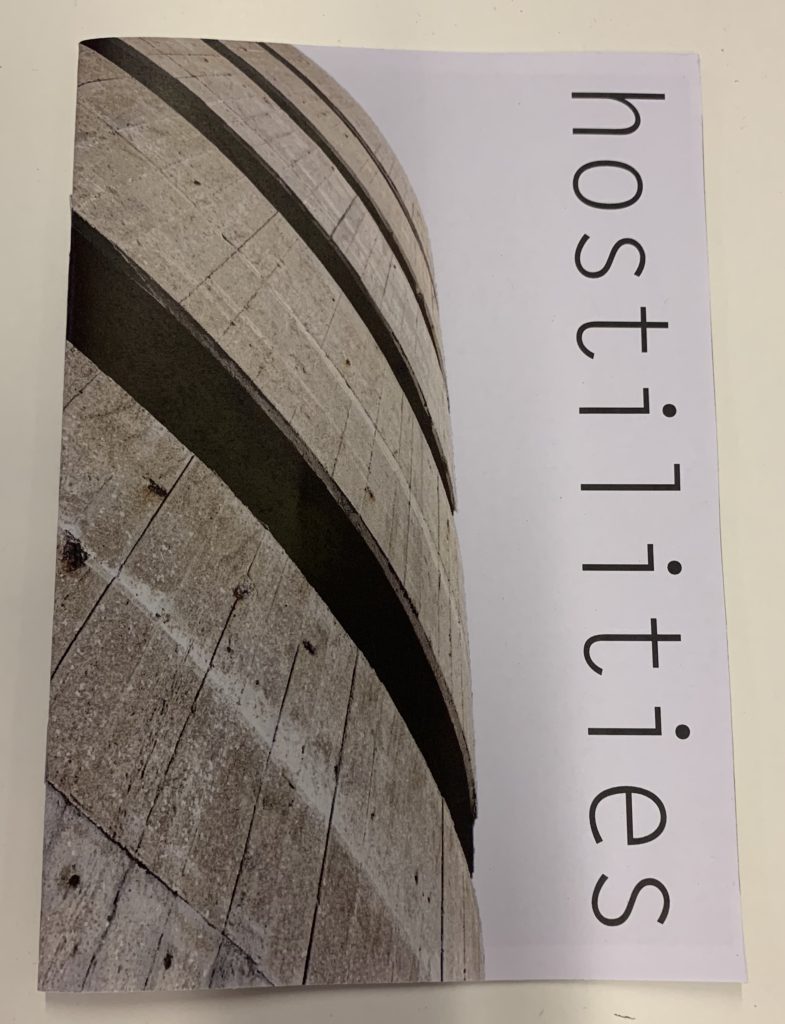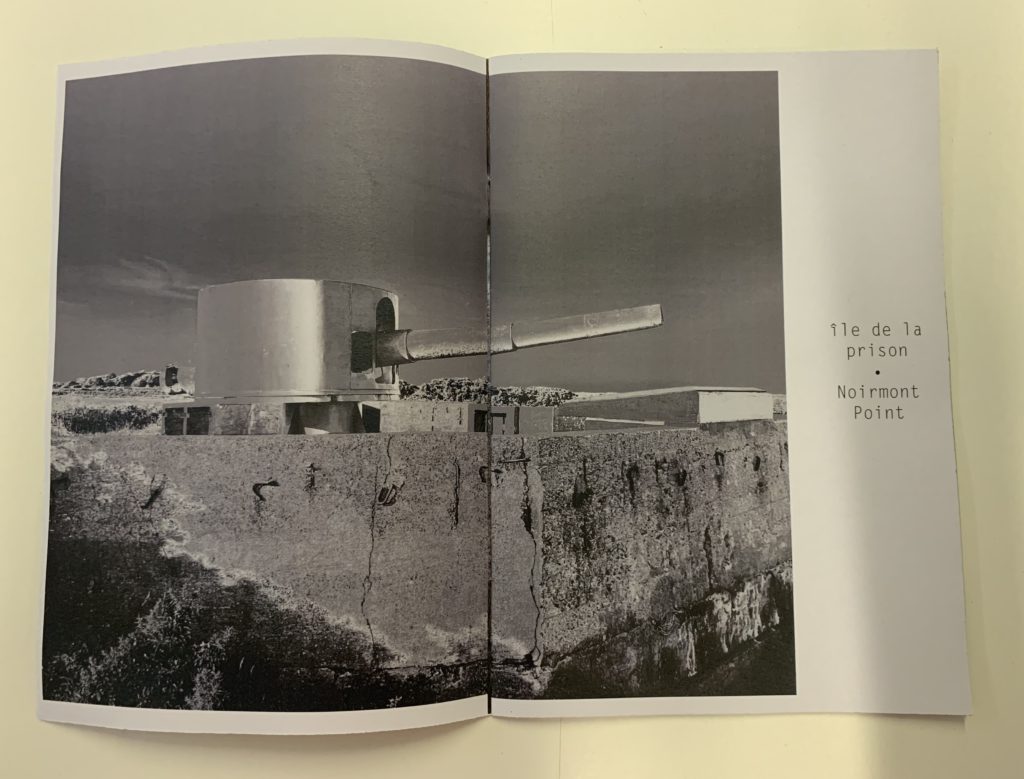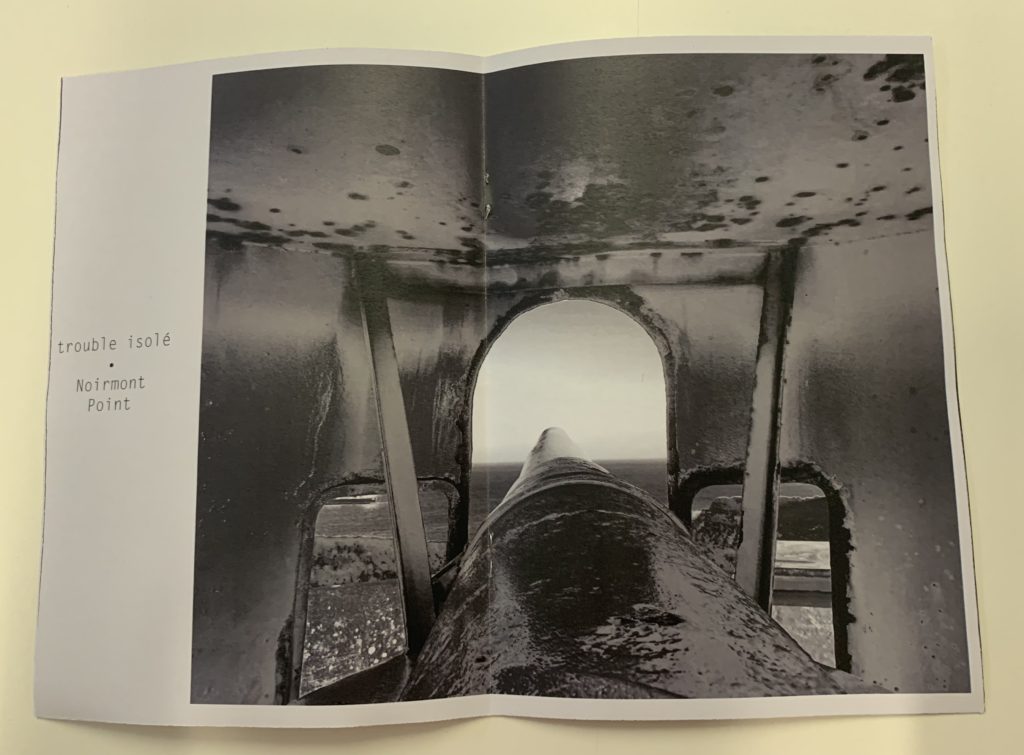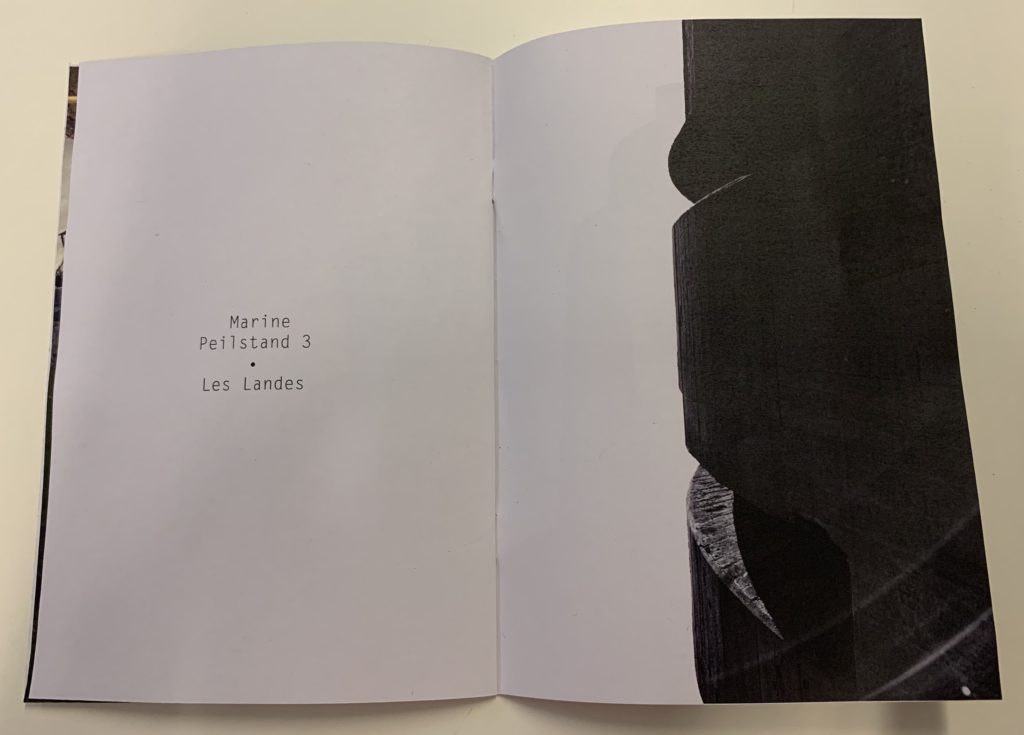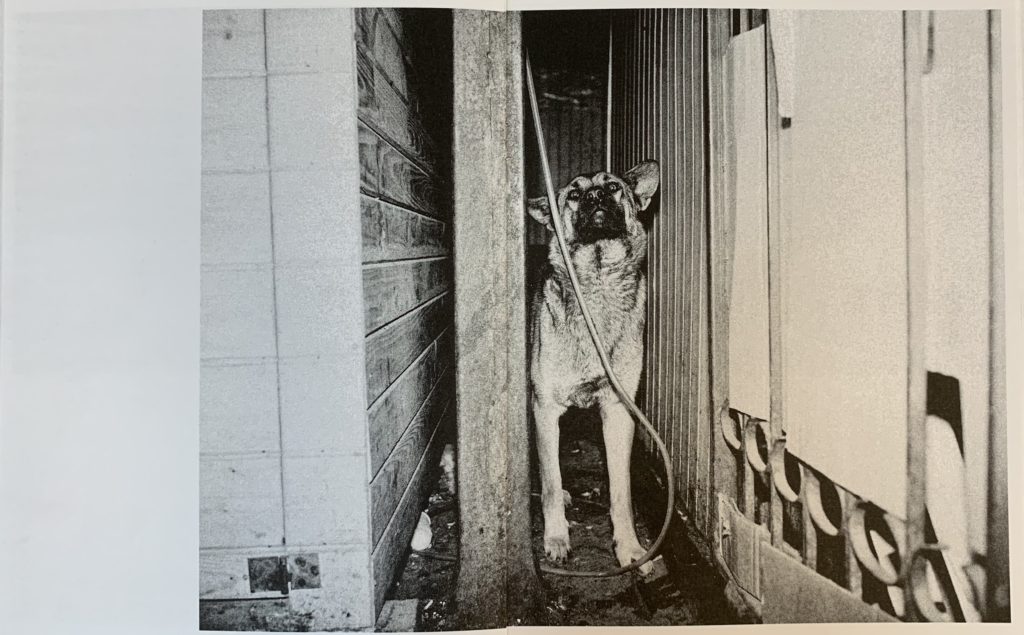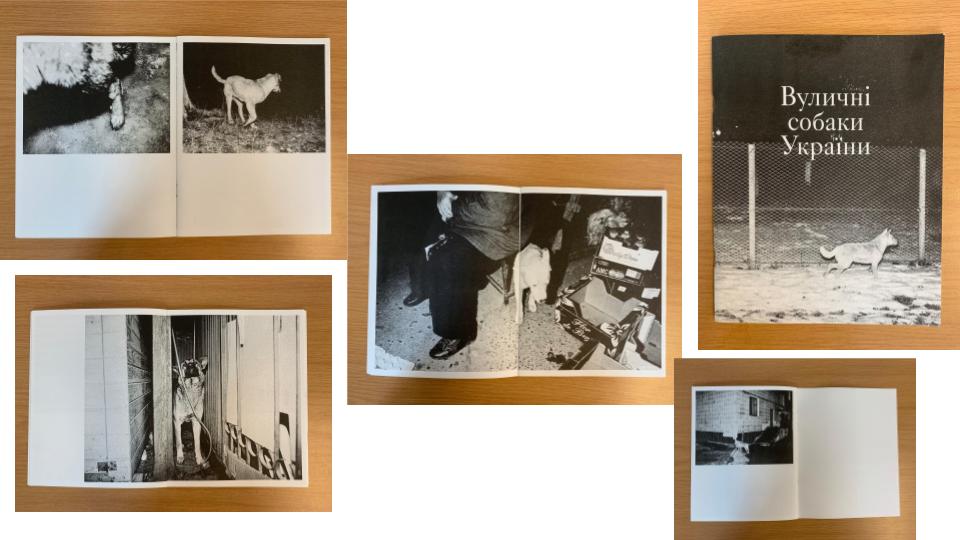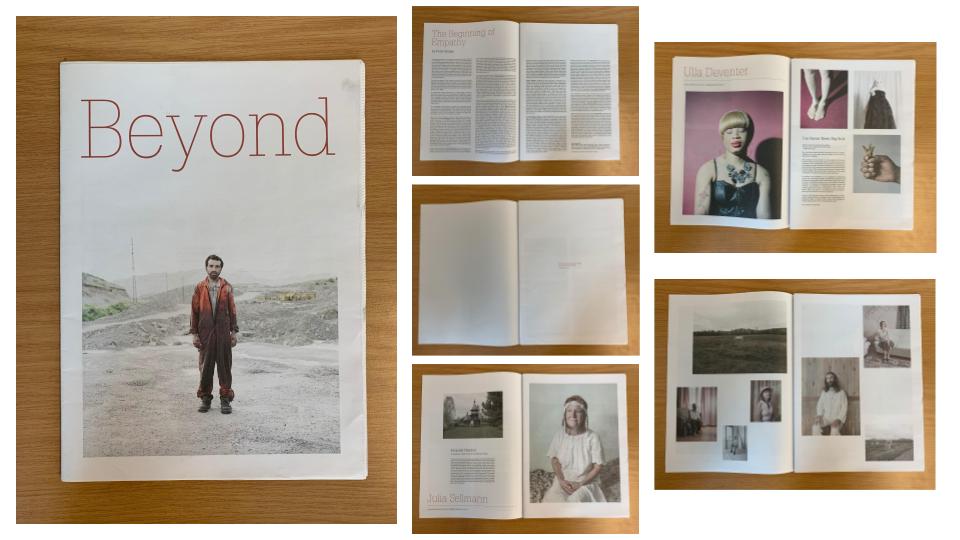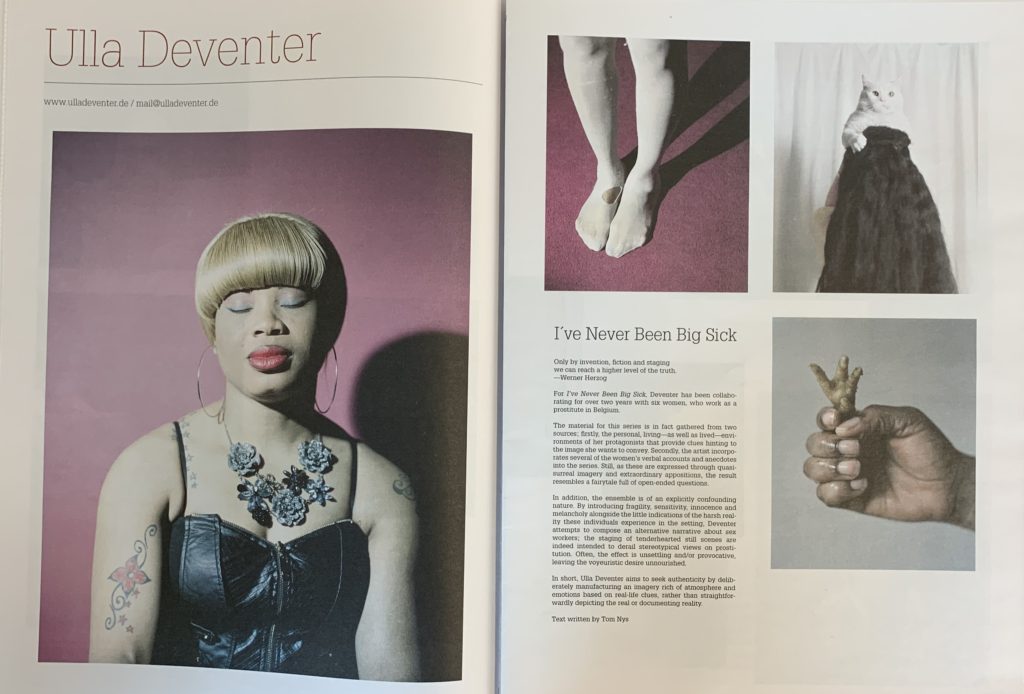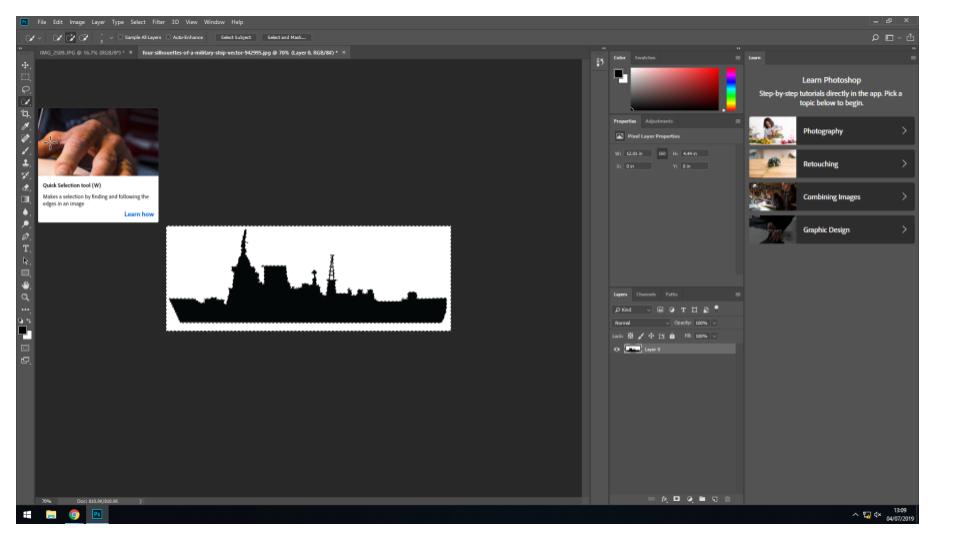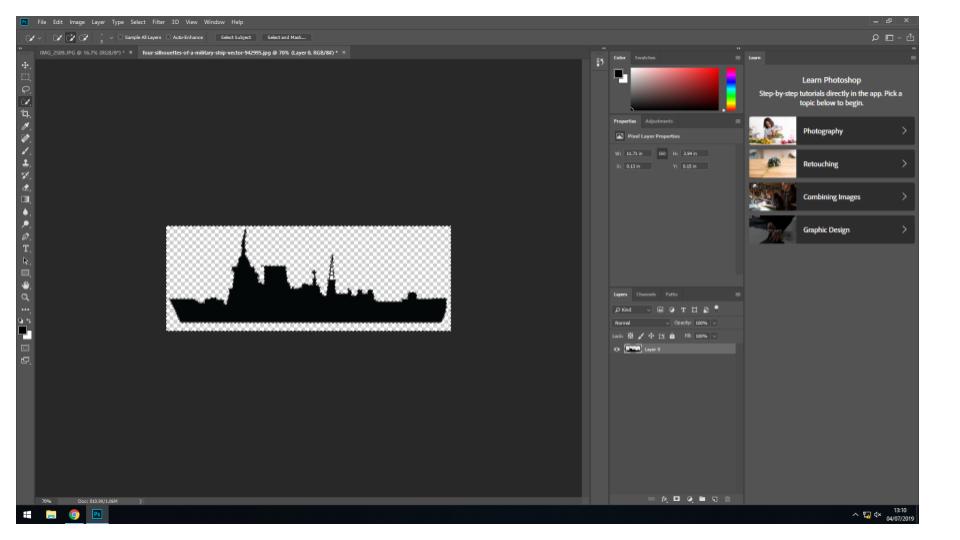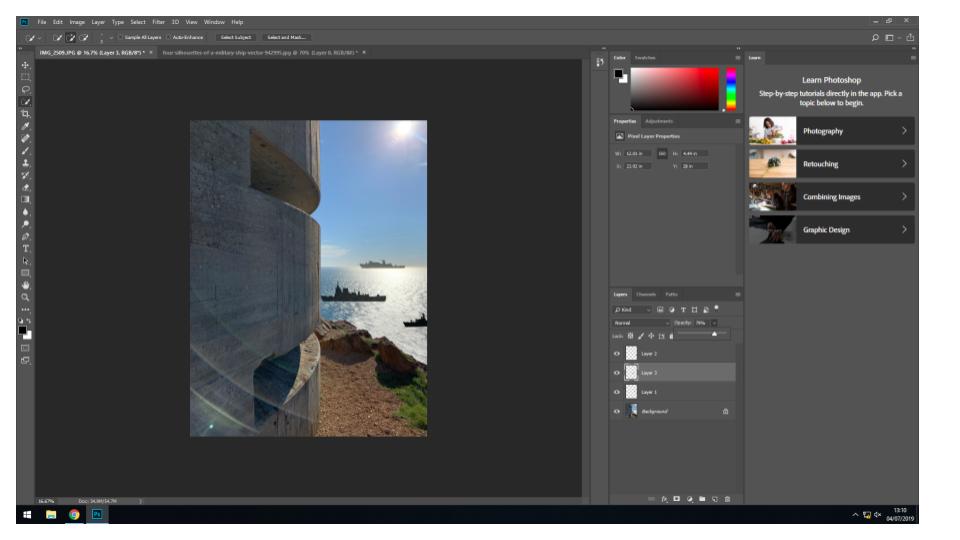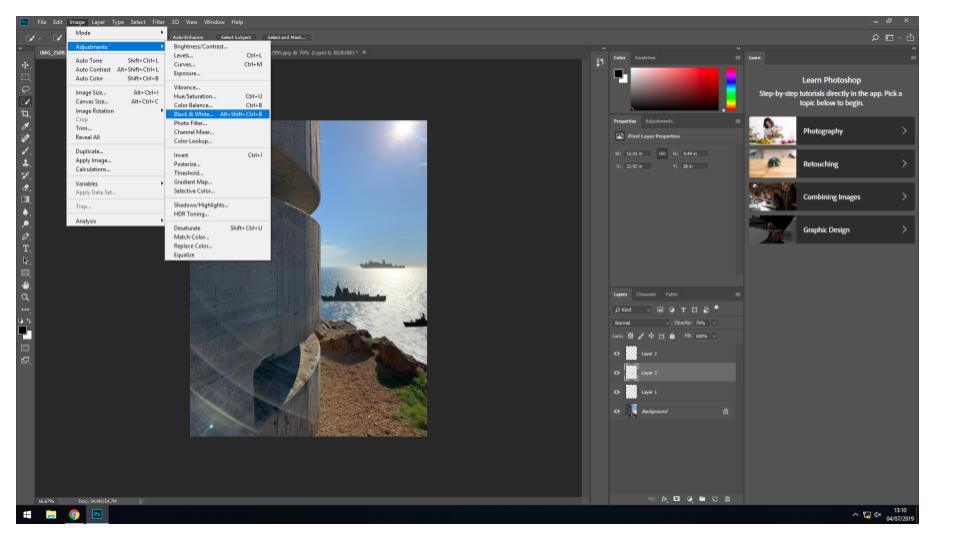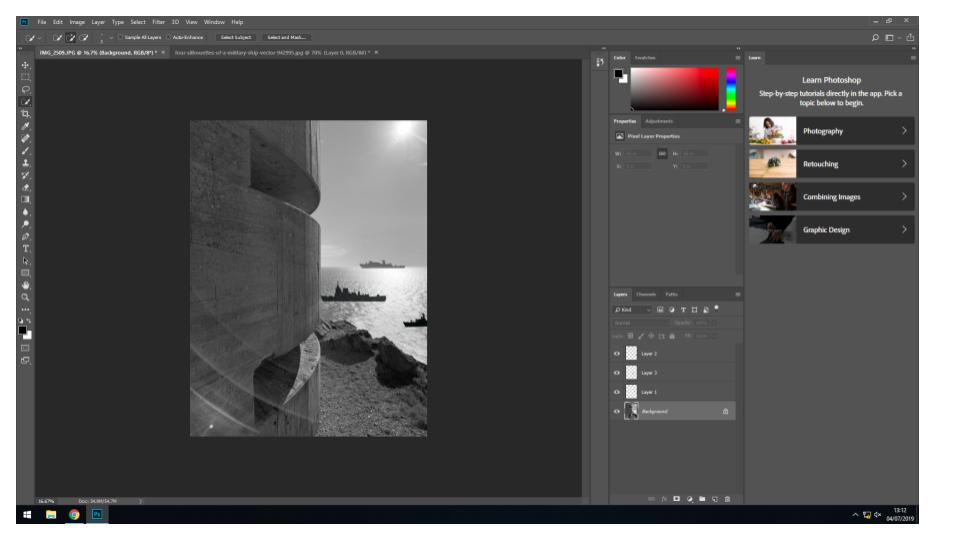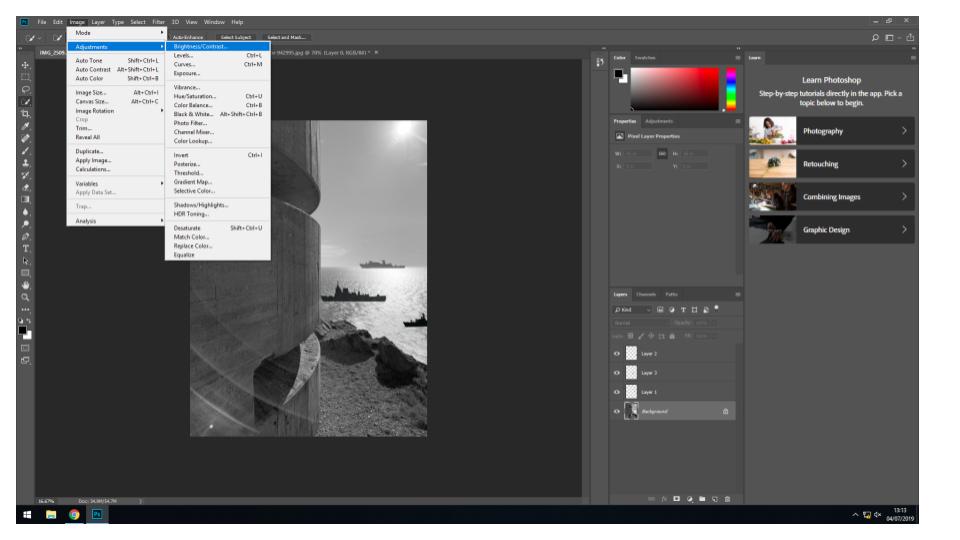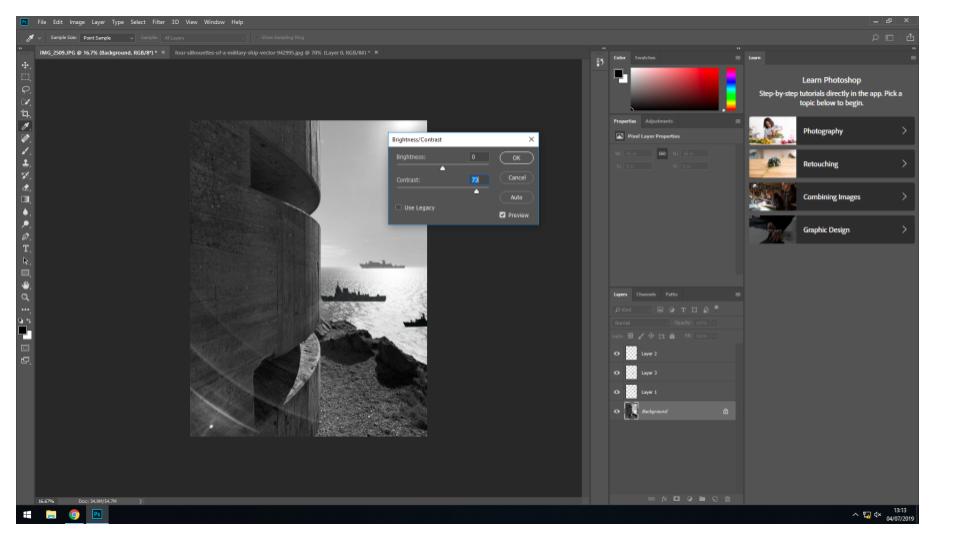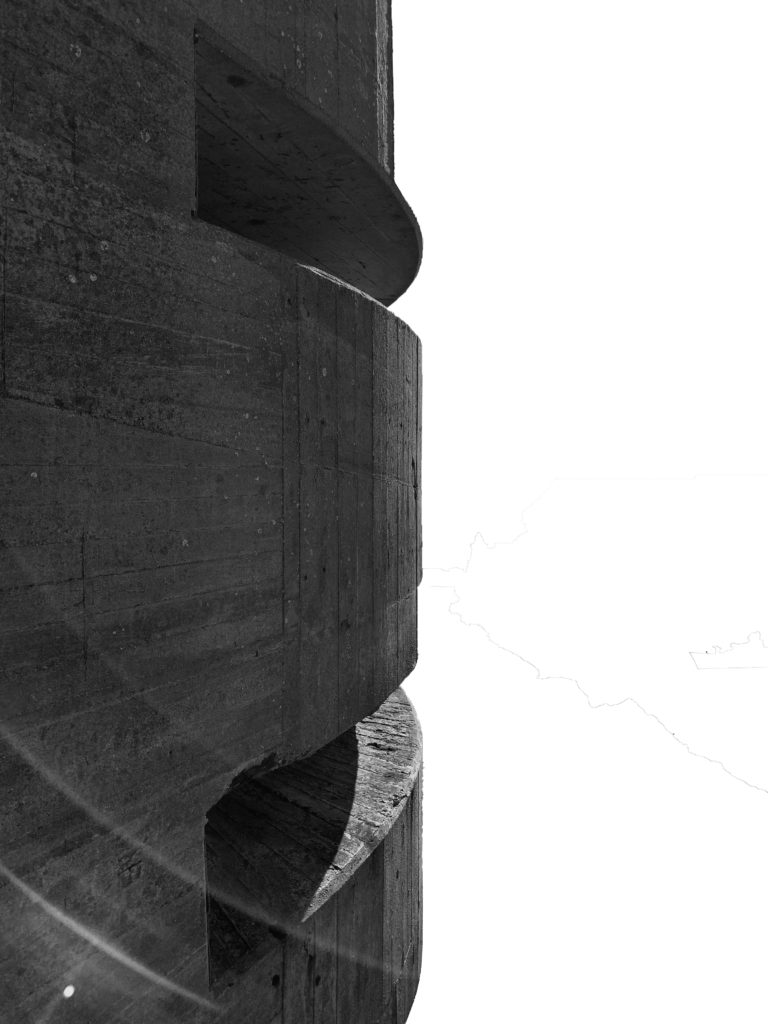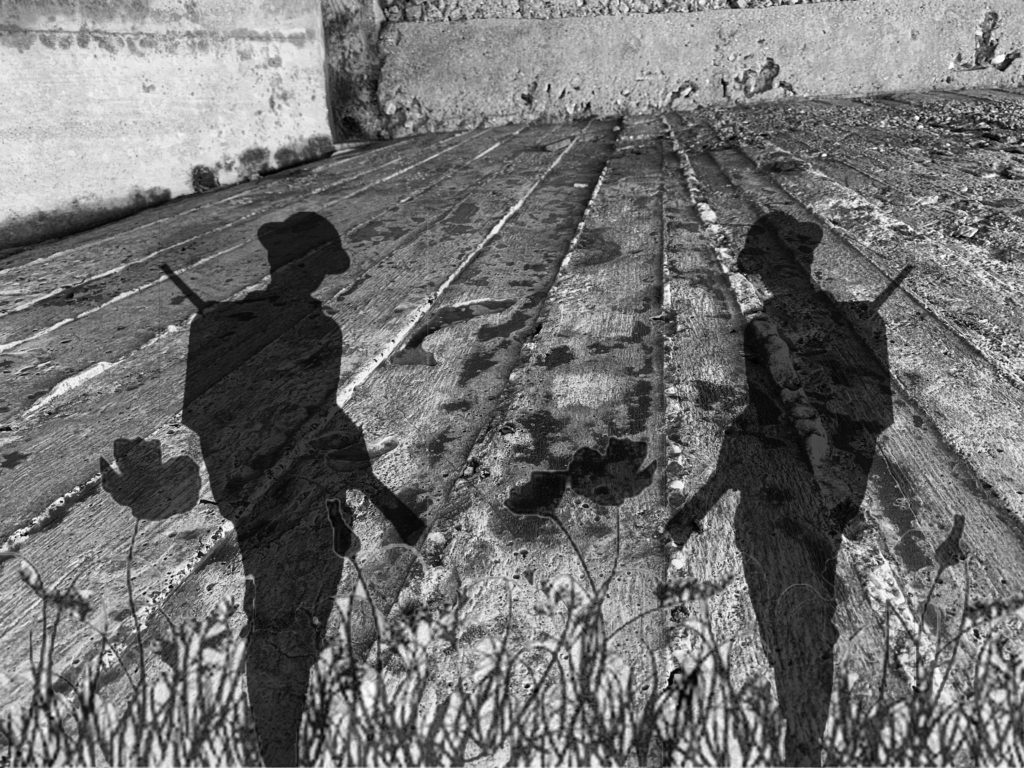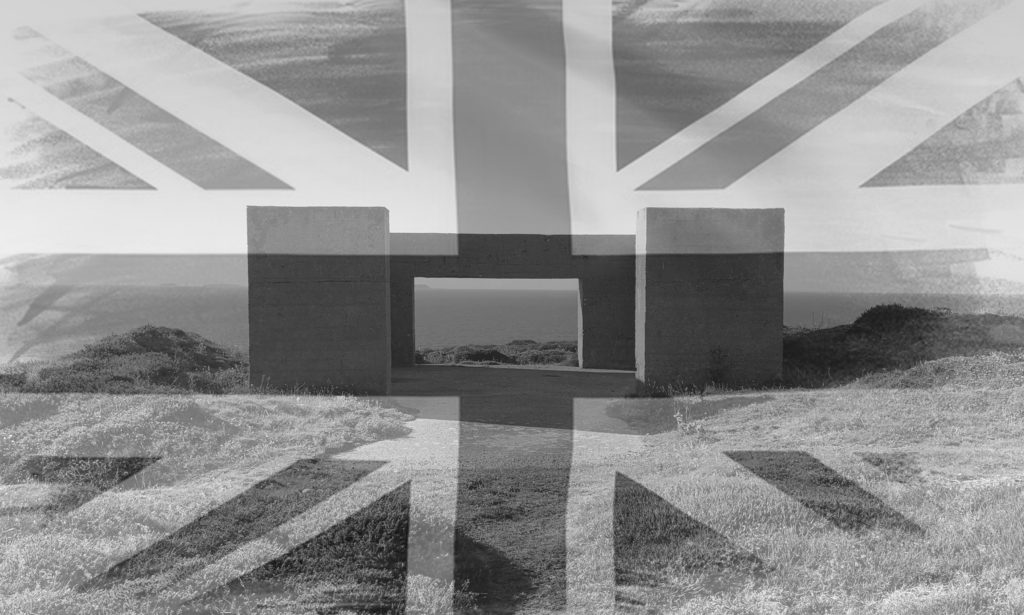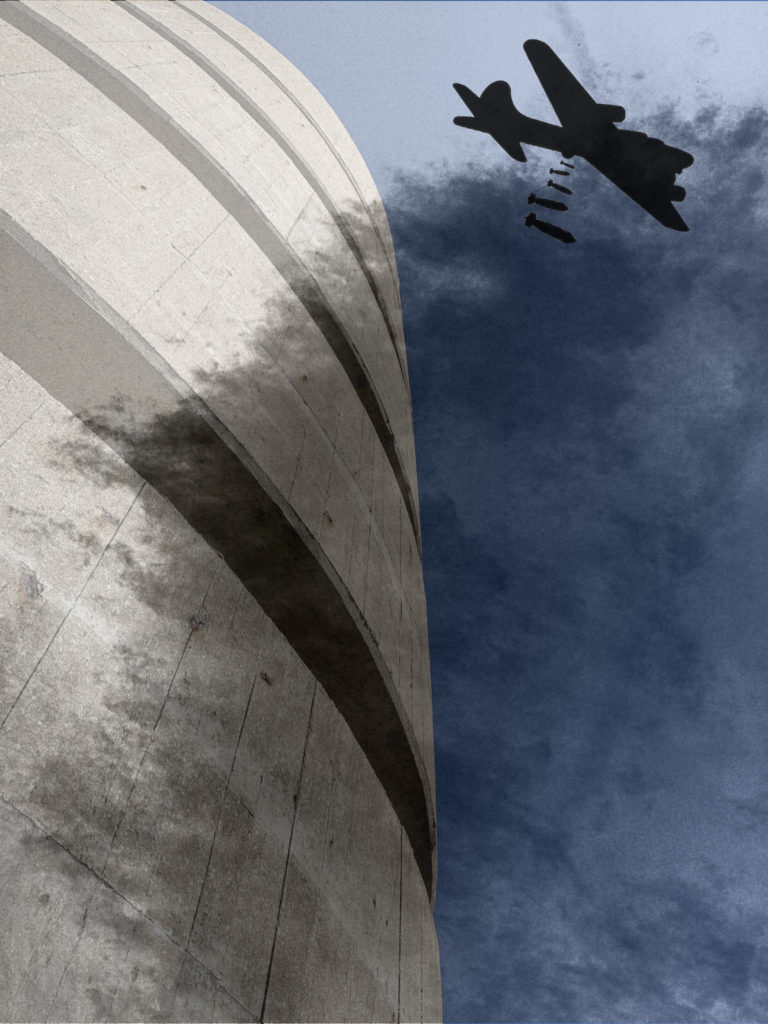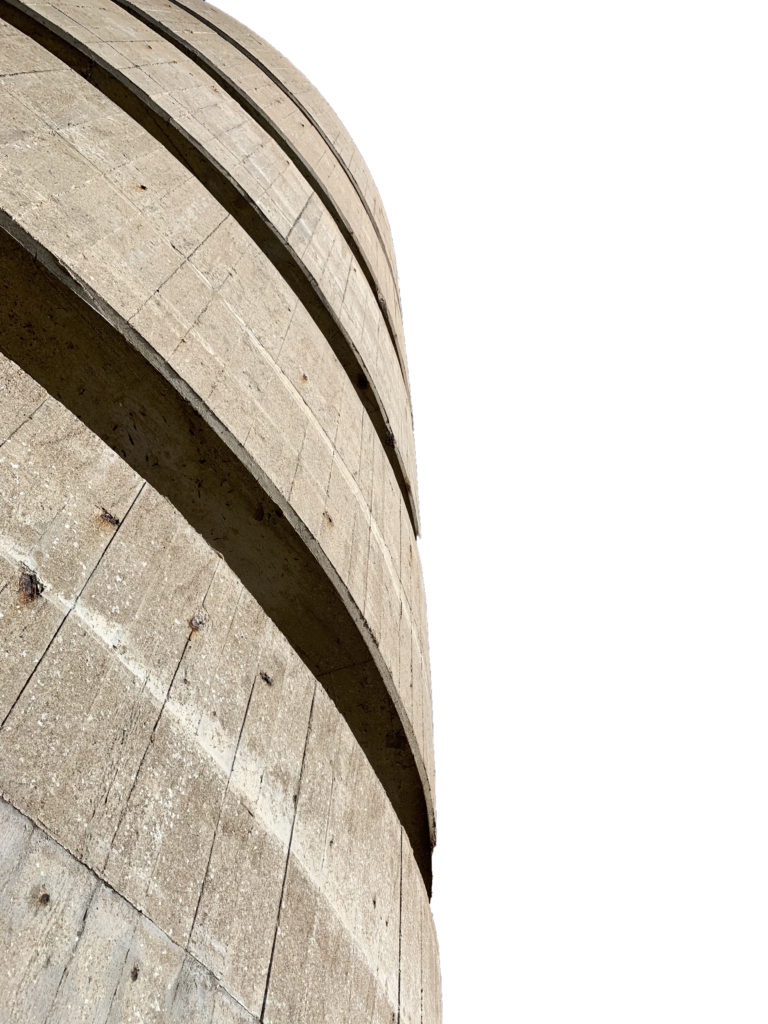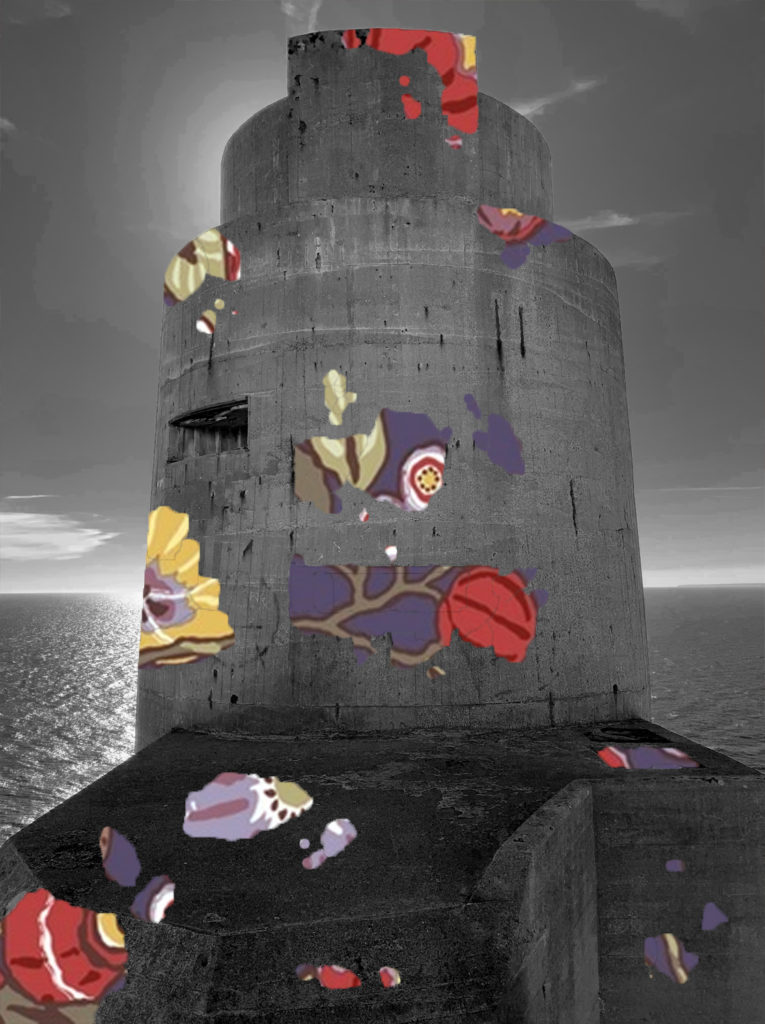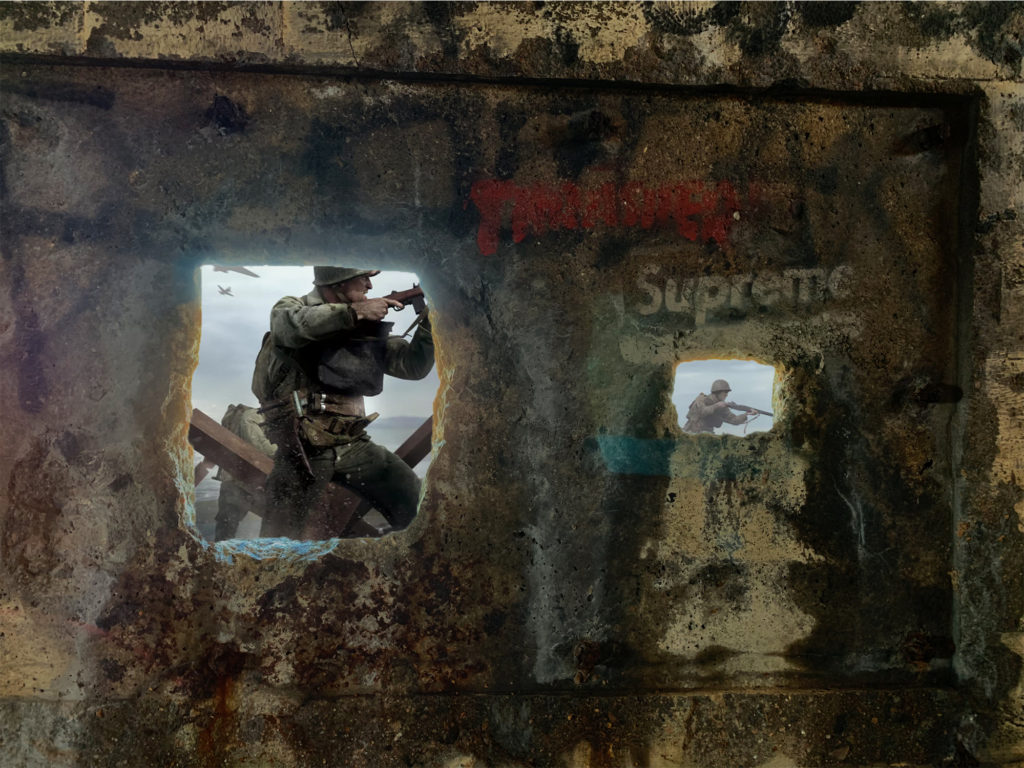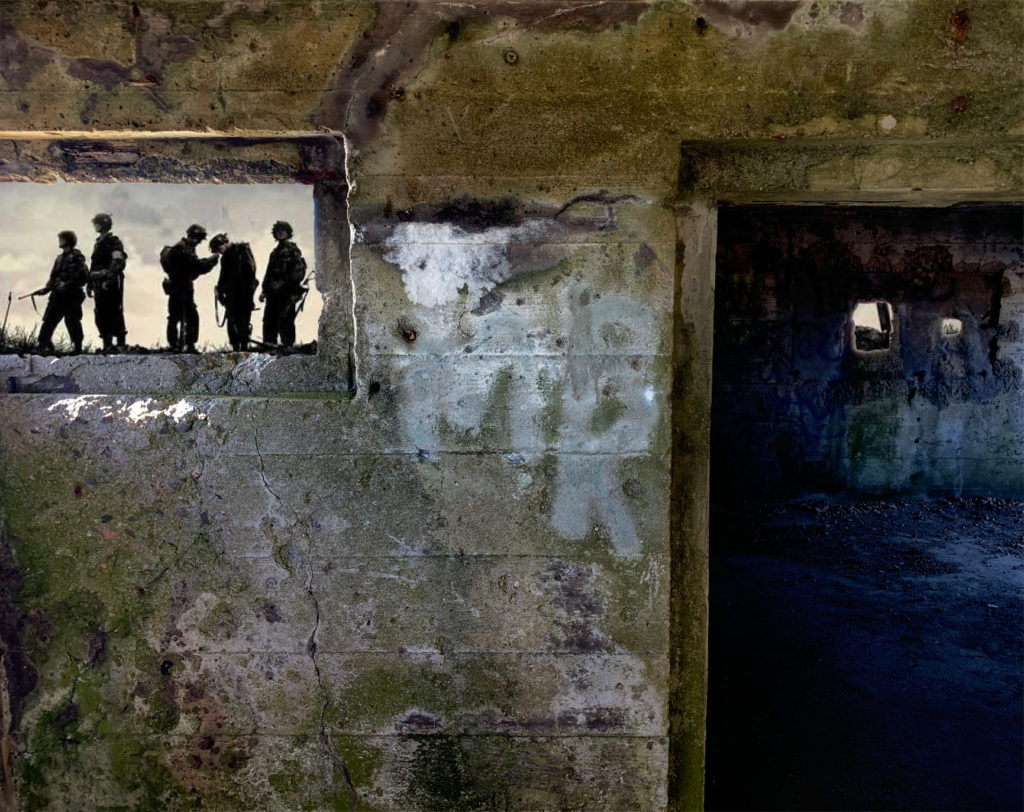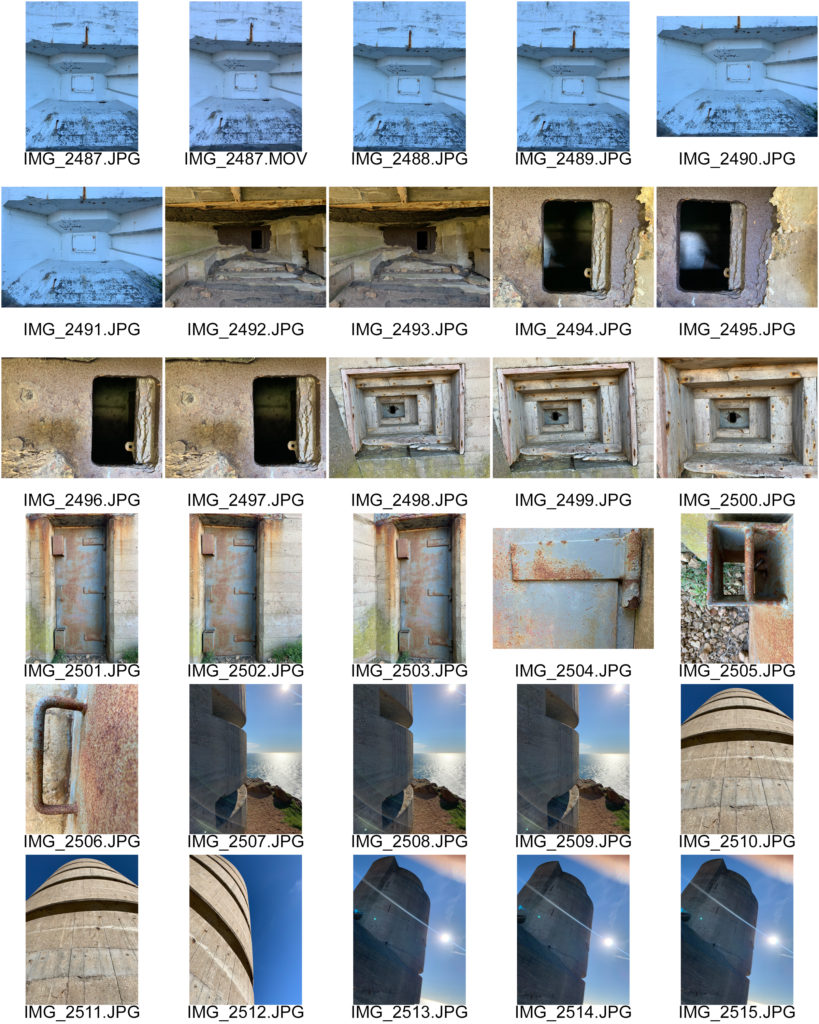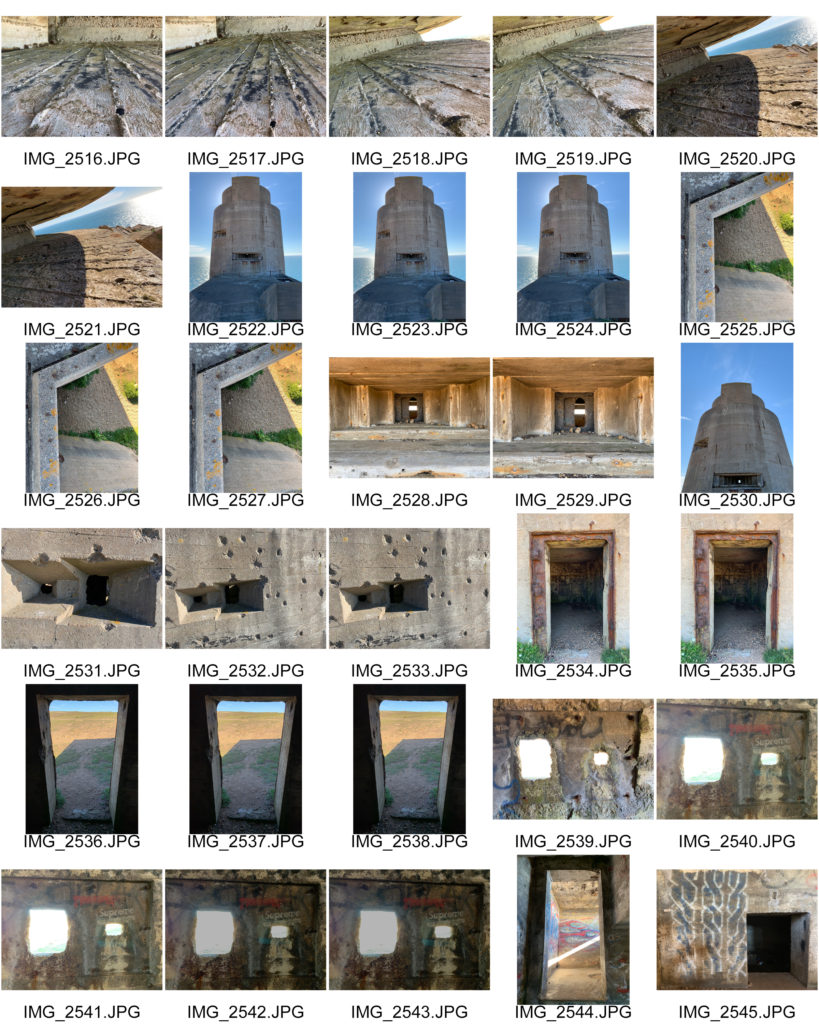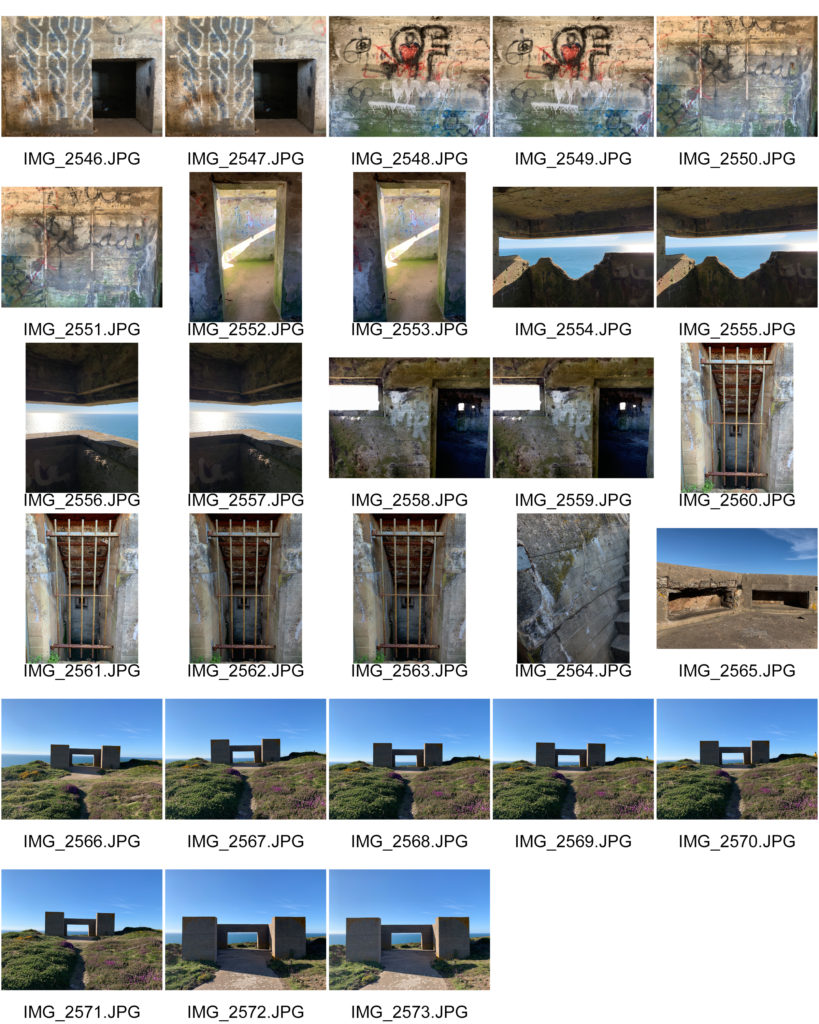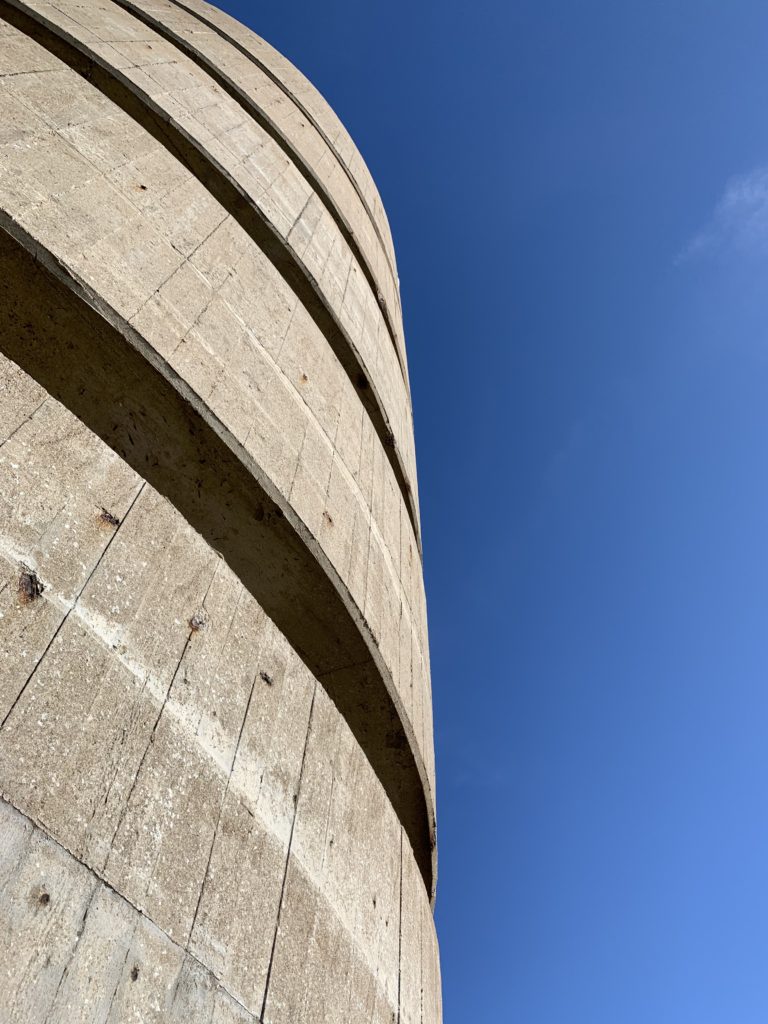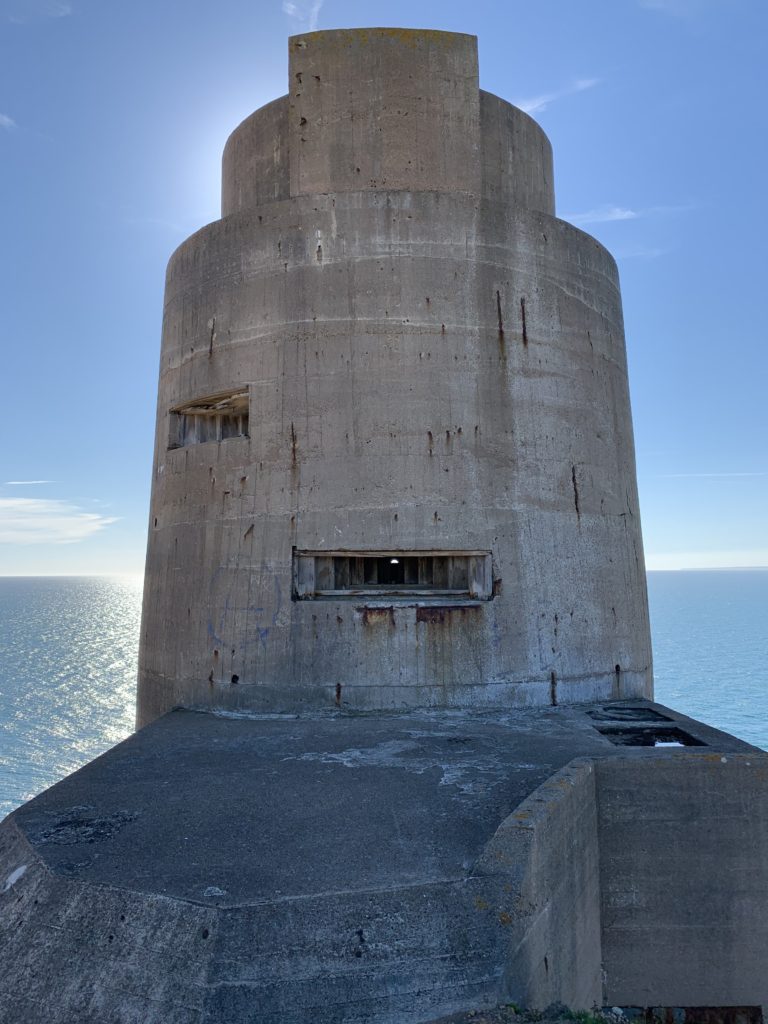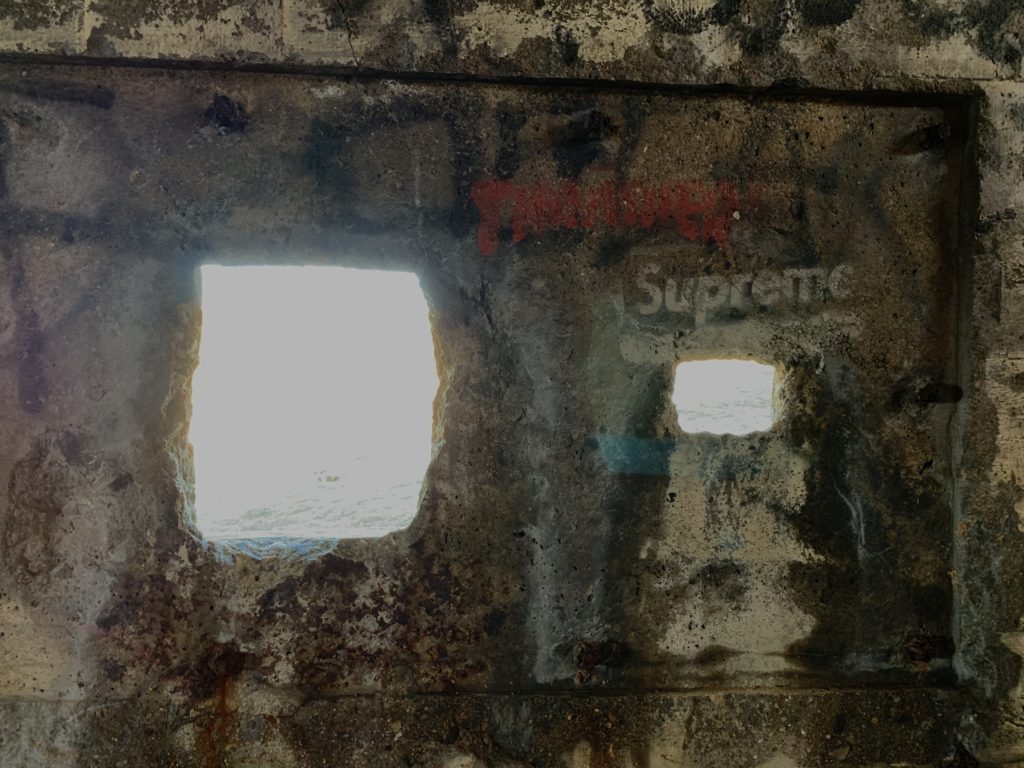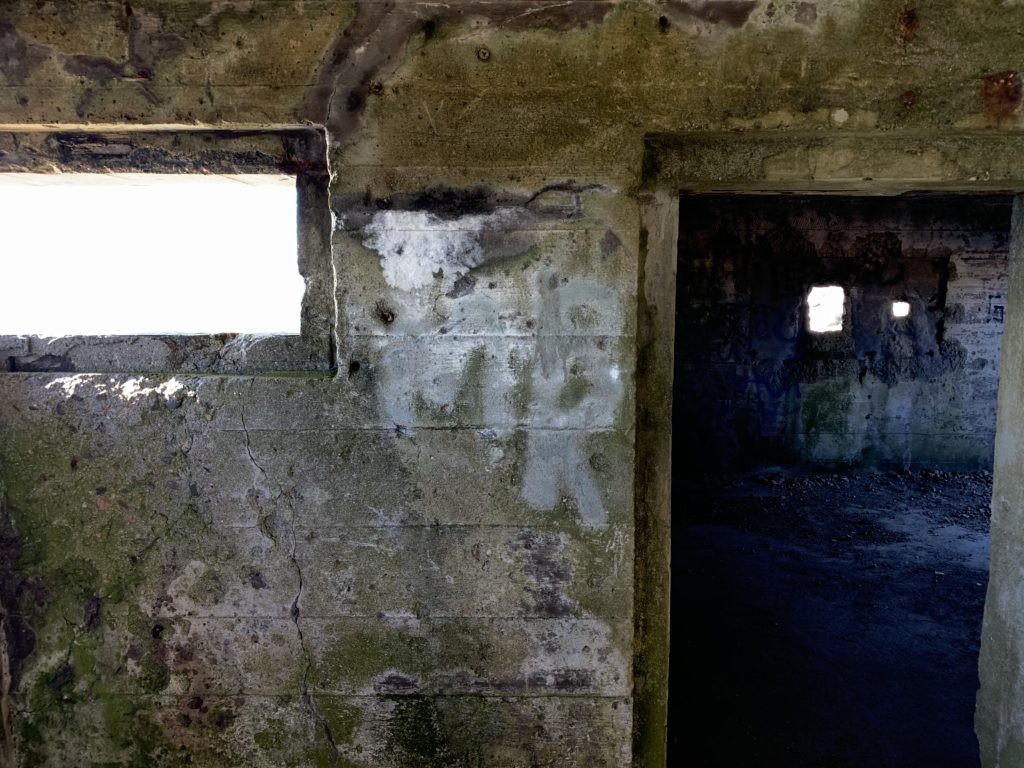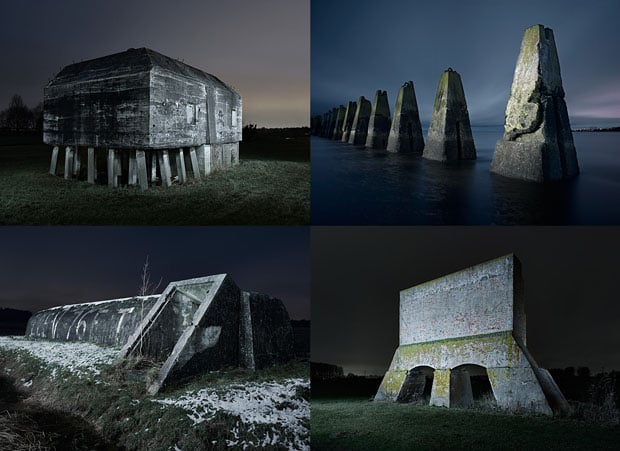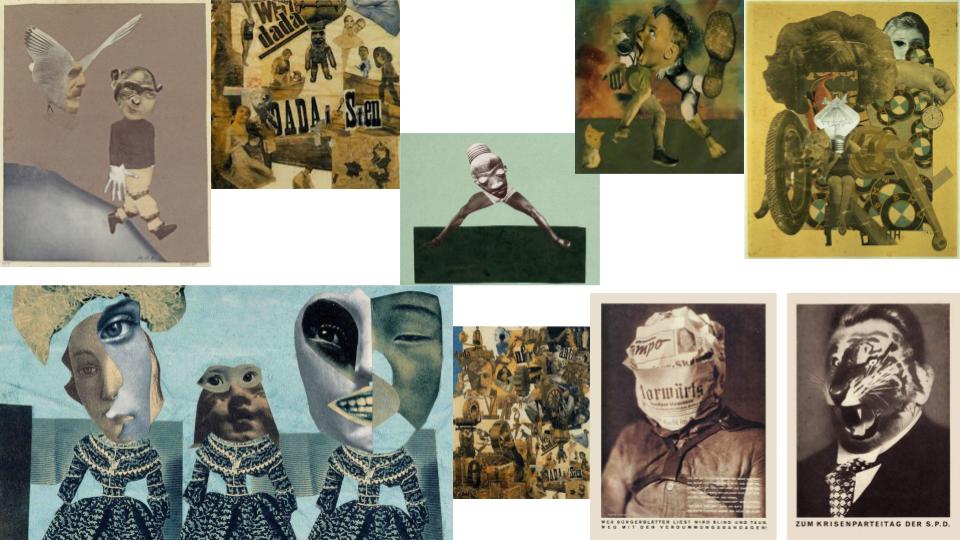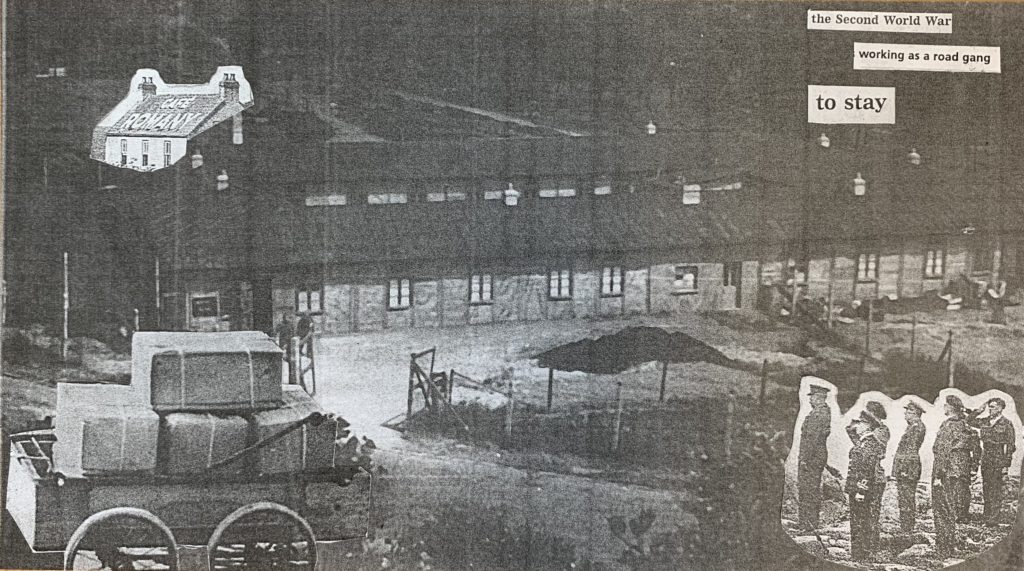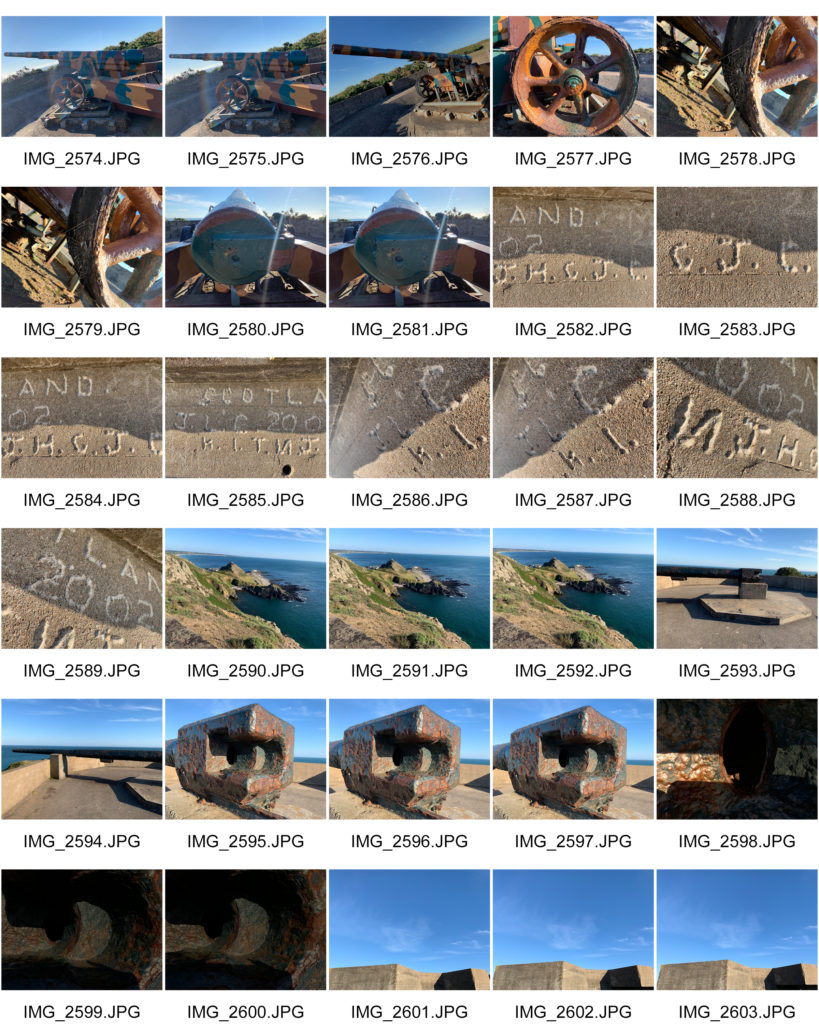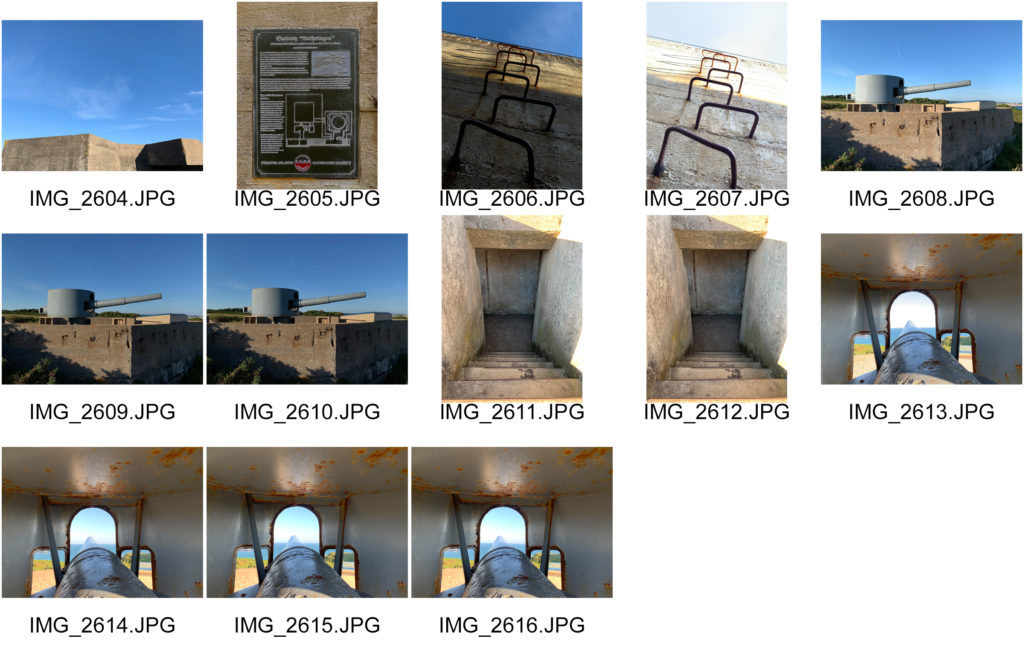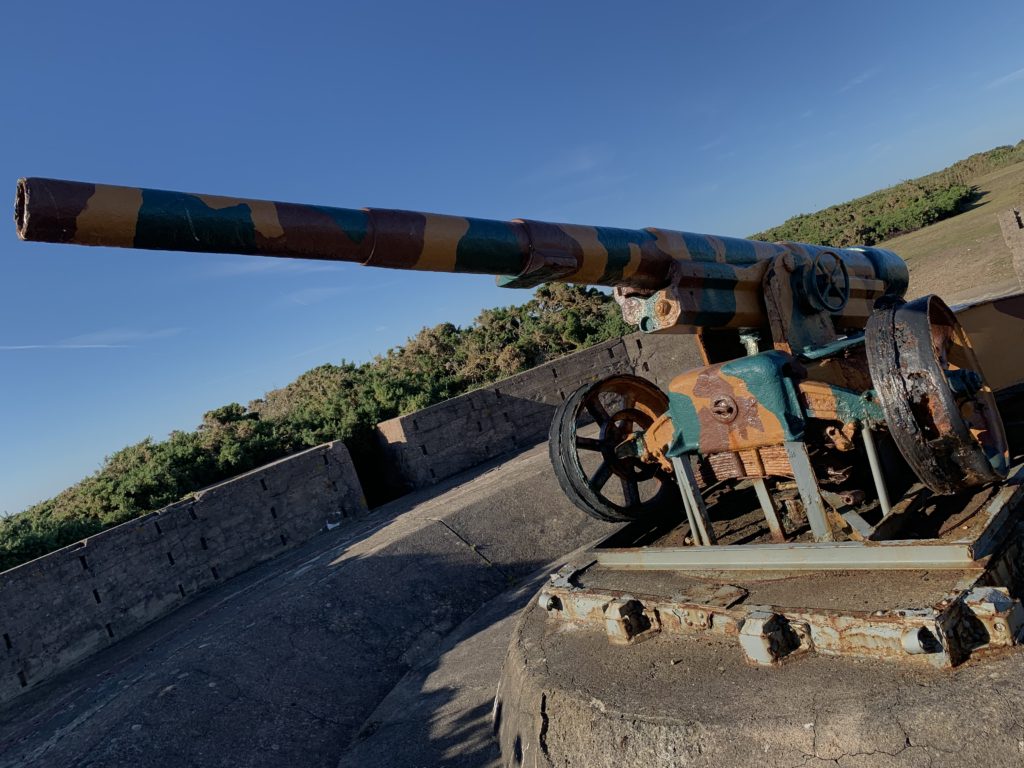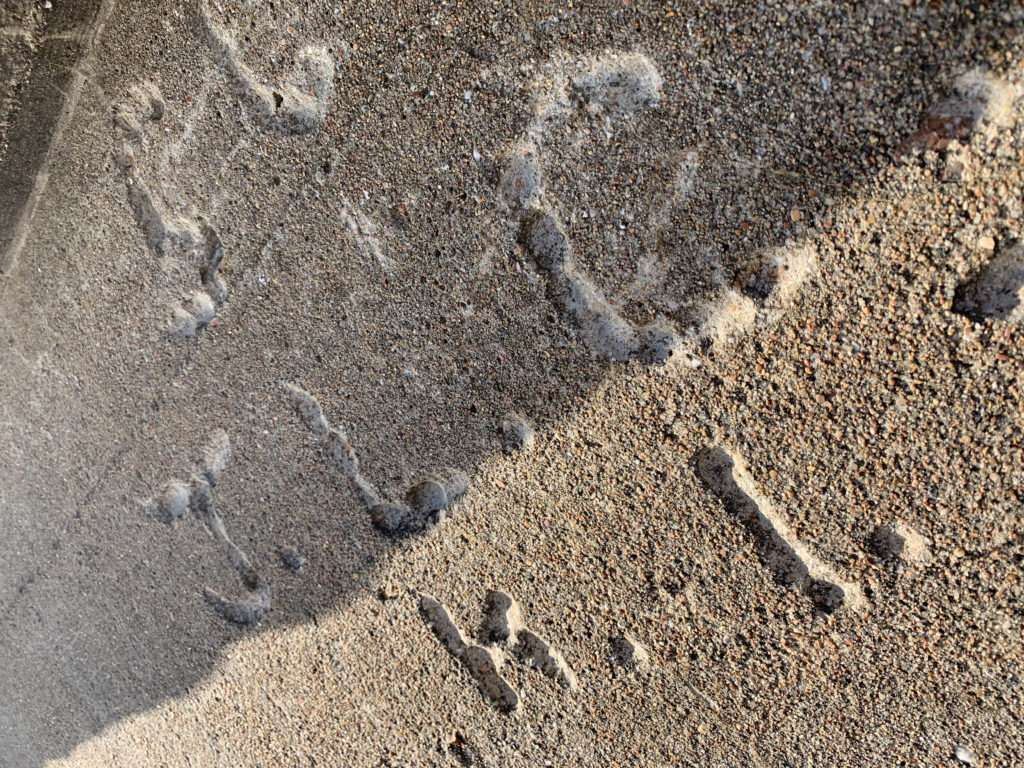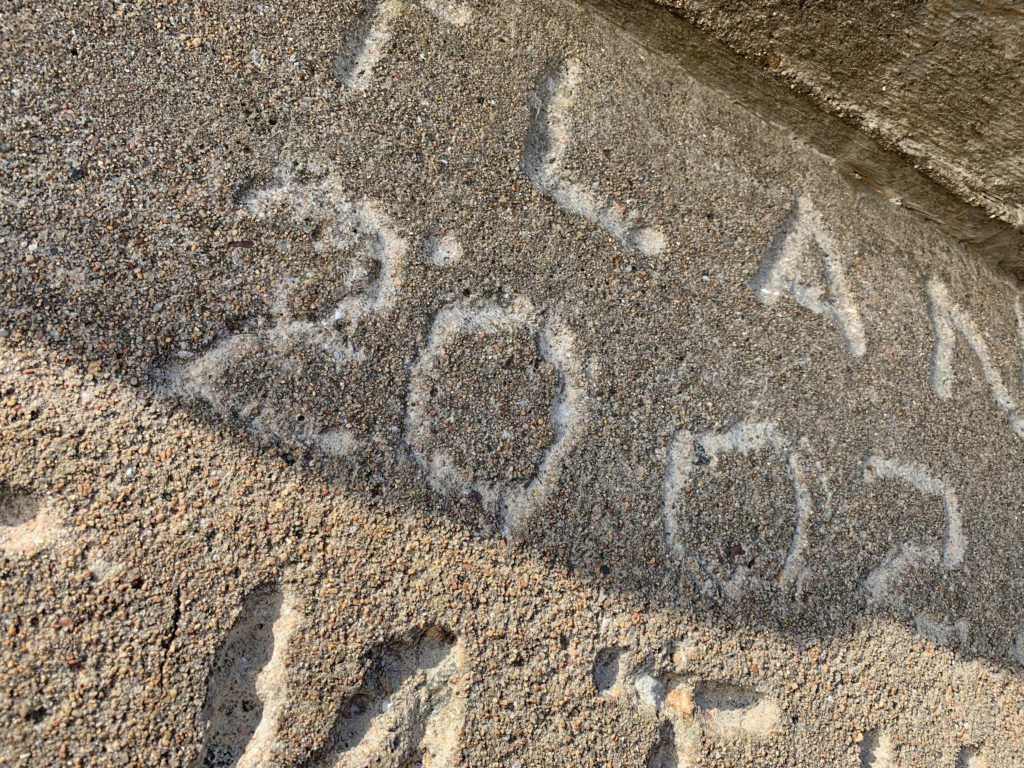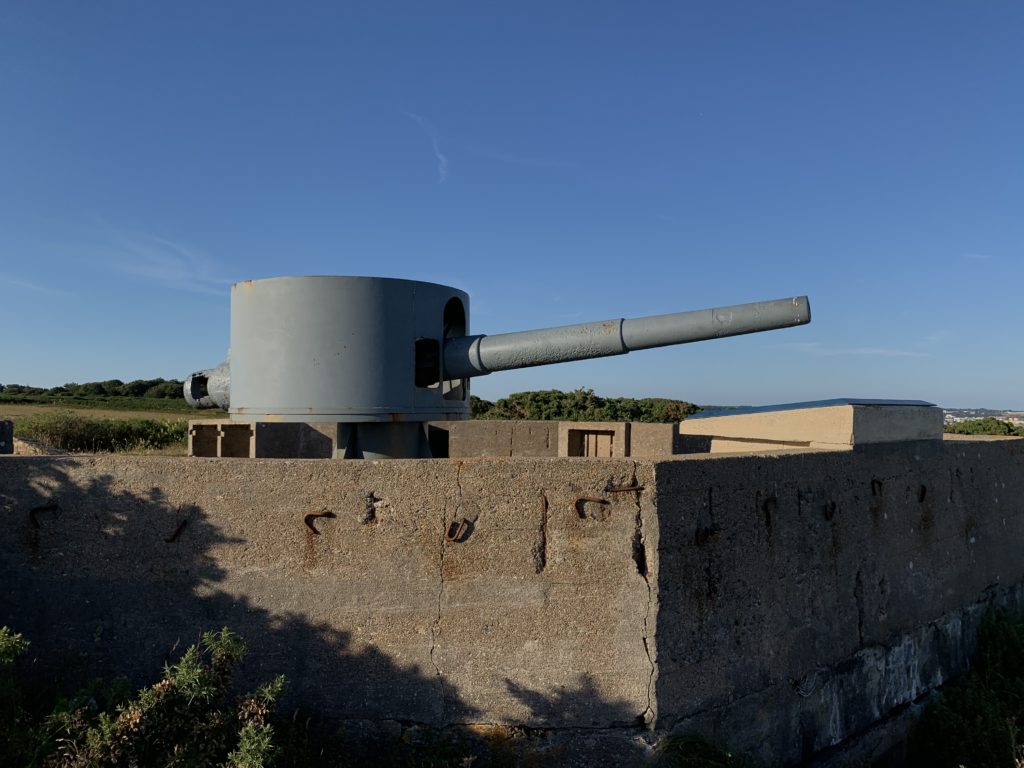Michelle Sank:
Michelle Sank was born in Cape Town, South Africa. She left there in 1978 and has been living in England since 1987. Her images reflect a preoccupation with the human condition and to this end can be viewed as social documentary. Her work encompasses issues around social and cultural diversity.
My.Self :
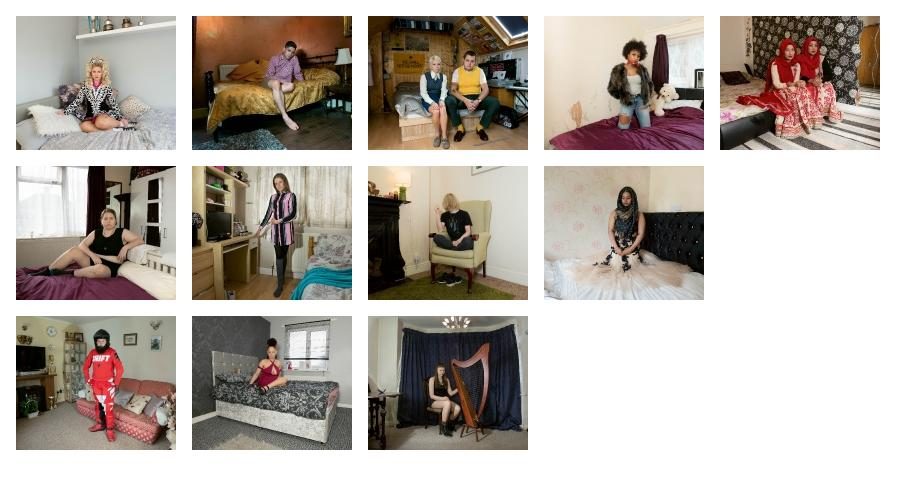
“This work was commissioned by Multistory. My remit was to document the diversity of young people living in the area – what it means to be a young person in today’s society as well as living in the Black Country. I worked across the cultural divide to cover all aspects of the social strata there.The subjects were photographed in their bedrooms so that the objects and decoration within became metaphors for their individuality and their cultural contexts.”
Insula:
“Working outside of particular demographic scenarios Sank’s Jersey imagery continues to develop a lyrical vision within which the defining influences are place and cultural geography. As a stranger, present for a limited period only, Sank’s ‘residency photographs’ are of course procured under certain psychological precepts. In April 2013 when she arrived at the Archisle Project to undertake a six month residency, geographic and historical influences also loomed large. There were late twentieth century blanks in the archive to compensate, Jersey’s peculiar British-Norman cultural identity to contemplate, economy, politics, community, work, leisure, environment; these concerns together set against a twenty-first century backdrop. As Insula, the Latinate title of Sank’s resulting exhibition suggests, an enduring islandness is a defining influence in this body of work. It also seems fitting that the insula or Island of Reil in the human brain plays a part in regulating self-awareness and emotion.

Insula eschews a specific brief though the work responds to the wealth of nineteenth century portrait photographs within the Jersey Photographic Archive that it now joins as a powerful point of interpretation. The beguiling qualities of these new photographs call to mind the position that Lewis Baltz found for photographic series, ‘somewhere between the novel and film.’ As such, Sank’s photographs offer a visual poem to the island”
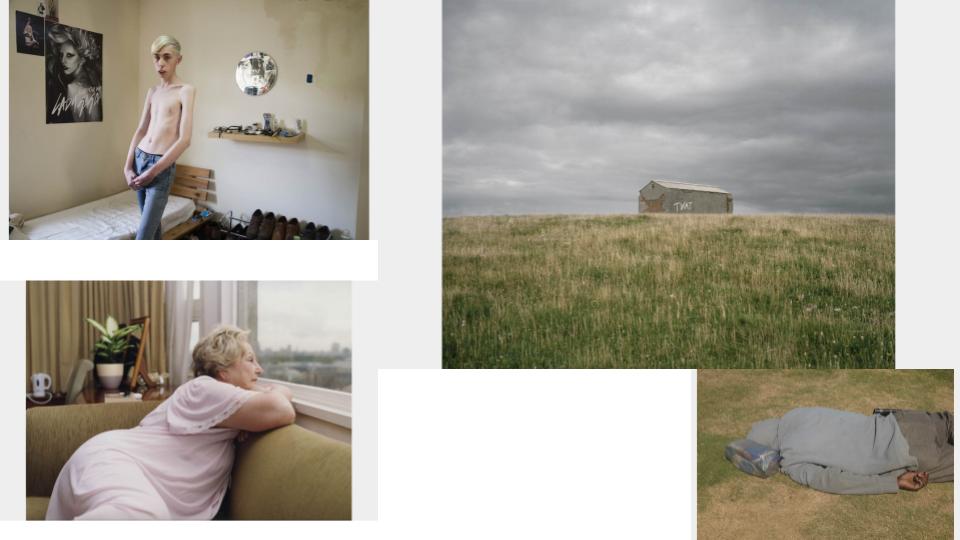
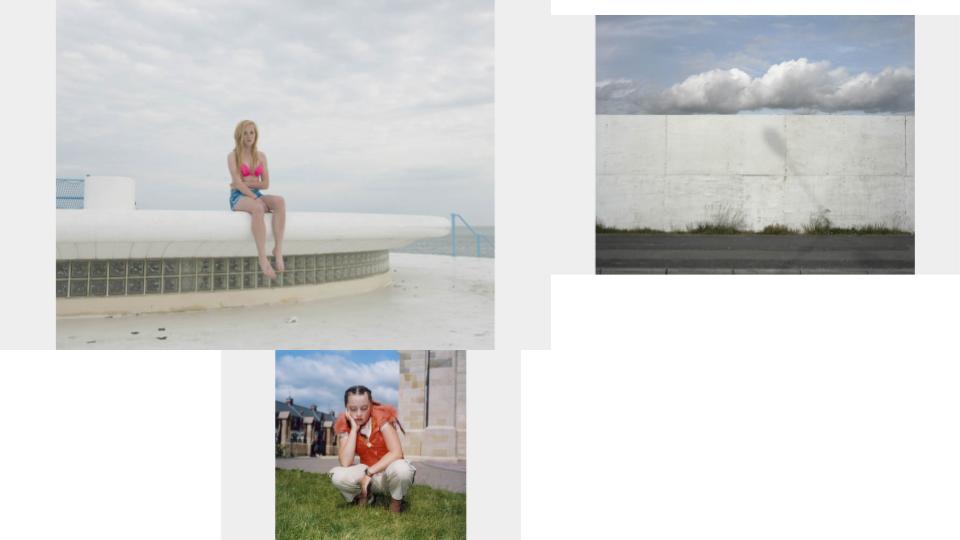
Best Images:
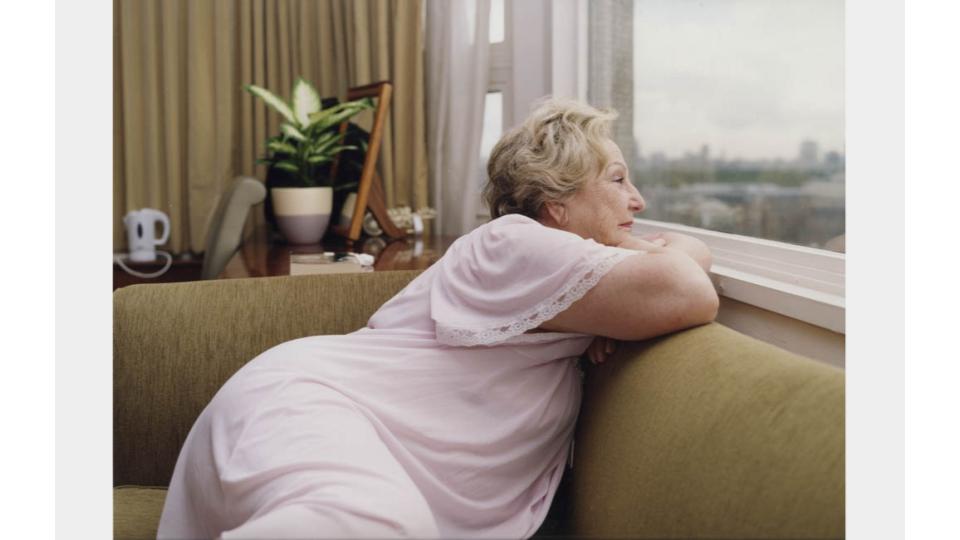
Technical:
The Image is quite colourful and cluttered yet simplistic. The imagedivided into imaginary quarters, the top left and bottom right corner being more green/brown, whereas the opposing corners are predominantly grey and white.
Visual:
As well as this the left side of the image is more textured with the curtains and desk objects in the background and the subject’s creased clothing, whereas the right side is much smoother consisting of a couch and a smooth window which depicts a city skyline almost like a picture.
Conceptual:
Sank attempted to show Jersey’s peculiar British-Norman cultural identity to contemplate, economy, politics, community, work, leisure, environment; these concerns together set against a twenty-first century backdrop.

